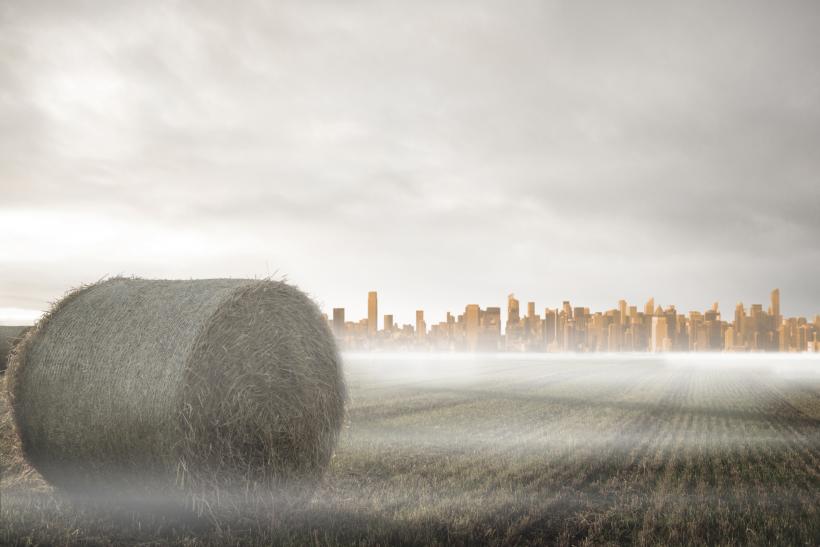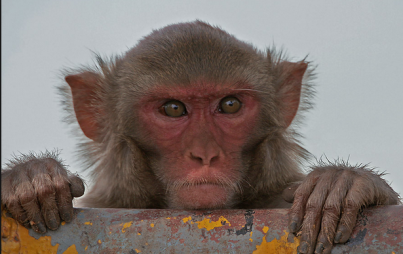
Since the days of Jonathan Swift there has been ample concern about our ability to produce enough food to feed humanity: the human population keeps growing, and arable land does not.
Innovations in agriculture have made food production vastly more efficient, but projections are still concerning: some estimates hold that the planet will host 9.5 billion people by 2050, which could require another Brazil’s worth of land. But unless we start specializing in alchemy — transforming fetid garbage into fertile earth — that land won't ever exist.
Or will it? “What?” you ask, eyeing me suspiciously. “Buildings,” I respond with a glint in my eye.
Yup, there’s a growing movement to utilize indoor structures to furnish produce, and even livestock, in urban areas. Advocates say indoor farms could reduce fossil-fuels produced by farm machinery and transportation (assuming most produce grown in an urban area would go to consumers living in the nearby area), and better contain fertilizer and its runoff. Crops could potentially grow year-round instead of seasonally, which could also multiply crop yields. Municipal wastewater could be converted into irrigation water, and consumers could get fresh, pesticide-free produce.
Sounds pretty dreamy, right? But there are some challenges including the control of indoor flow of air and nutrients and effectively recycling waste. But some early initiatives look promising, including large-scale greenhouses in the Netherlands.
Many advocate for a future focus on greenhouse skyscrapers—which would allow sunlight to reach produce/livestock, and use vertical space for maximum space efficiency.
But utilizing buildings underground is another — equally sound, though probably more depressing — approach. A quirky initiative currently underway has converted a WWII-era London air raid shelter into a vegetable farm (talk about poetic justice). Instead of sunlight, the shelter-farm is using advanced LED lights to provide the light spectrum plants need. The initiative is even backed by two-star Michelin chef who's consultation is ensuring the farm grows “only the tastiest of vegetables.”
Pretty rad. And while we monitor developments in indoor farming, let's see what's panning out with intergalactic space produce of the future! (Image: commons.wikimedia.org)






